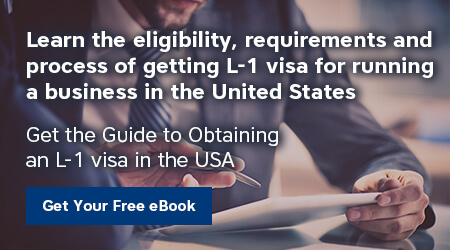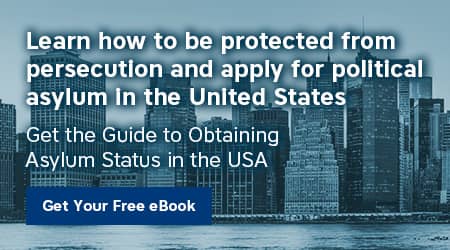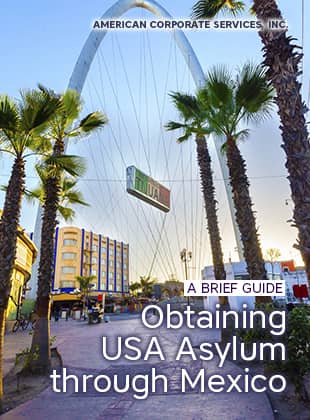The Current EB-5 Situation
There are currently 75,000 visa applicants from China who are waiting for USCIS approval for their I-526 petitions. This represents a six to eight-year processing period for the most recent Chinese nationals seeking to obtain a Green Card (U.S. Permanent Residency) In addition, the EB-5 Program will undergo significant modifications over the next few months including:
- New investment amounts
The Department of Homeland Security (which oversees the USCIS) has proposed adjusting for inflation in the investment amount to raise the minimum investment by 80% from $1 million to $1.8 million USD. The proposal includes a mechanism to automatically adjust the minimum investment amount based on the unadjusted Consumer Price Index for Urban Consumers (CPI-U) every five years.
DHS proposes to decrease the reduction for Targeted Employment Area (TEA) investment thresholds, and set the TEA minimum investment at 75% of the standard amount. Assuming the standard investment amount becomes $1.8 million, investment in a TEA would initially increase by more than 170% from $500,000 to $1.35 million. (The DHS is not proposing to change the equivalency between the standard minimum investment amount and those made in high employment areas. It proposes that the minimum investment amounts in high employment areas would be $1.8 million, and follow the same mechanism for future inflationary adjustments.)
- New TEA definitions
The DHS proposes to rescind the authority of individual states to designate high unemployment areas. DHS also proposes to amend the manner in which investors can demonstrate that their investments are in a high unemployment area
- In addition to Metropolitan Statistical Areas (MSAs), specific counties within MSAs, and counties in which a city or town with a population of 20,000 or more are located, DHS proposes to add cities and towns with a population of 20,000 or more to the types of areas that can be designated as high unemployment areas.
- DHS is proposing that a TEA may consist of a census tract or a combination of contiguous census tracts in which the new commercial enterprise is principally doing business, if the weighted average of the unemployment rate for the tract or tracts is at least 150 percent of the national average.
- DHS is also proposing that a TEA may consist of an area comprised of the census tract(s) in which the new commercial enterprise is principally doing business, including any and all adjacent tracts, if the weighted average of the unemployment rate for all included tracts is at least 150 percent of the national average.
- New USCIS Policy Manual
A new USCIS policy manual regarding revised EB-5 rules does not require congressional legislation and, is, therefore, likely to be published.
The Case for Considering the L-1A Visa
Now is the time to seriously consider the L-1A visa / EB-1C Green Card alternative for Chinese nationals who already own a business outside the U.S.
L-1A is a non-immigrant visa category designed for the intra-company transfer to the United States of executives and managers of multinational companies. The L-1A visa grants the holder temporary work authorization. However, the employment-based immigrant category of EB-1 Multinational Executives and Managers (EB-1C) Green Card petition allows the same group of foreign business people to apply for a Green Card.
The EB-1 Multinational Executives and Manager category for employment-based Green Card closely resembles the L-1A visa category. Therefore, many people who qualify for an L-1A visa as an Executive or Manager would also qualify for permanent residency in the United States without a Labor Certification application.
It is common for employers who sponsor their transferees for L-1A visa to later file an EB-1C petition on behalf of their transferees.
General Qualifications of the Employer and Employee (L-1A)
The employer must:
- Have a qualifying relationship with a foreign company (parent company, branch, subsidiary, or affiliate, collectively referred to as qualifying organizations); and
- Currently be, or will be, doing business as an employer in the United States and in at least one other country directly or through a qualifying organization for the duration of the beneficiary’s stay in the United States as an L-1. While the business must be viable, there is no requirement that it be engaged in international trade.
The named employee must also:
- Generally, have been working for a qualifying organization abroad for one continuous year within the three years immediately preceding his or her admission to the United States; and
- Be seeking to enter the United States to provide service in an executive or managerial capacity for a branch of the same employer or one of its qualifying organizations.
ACS, Inc. can help you to setup or acquire a U.S. Business and has all the resources necessary to assist you throughout the entire process.










